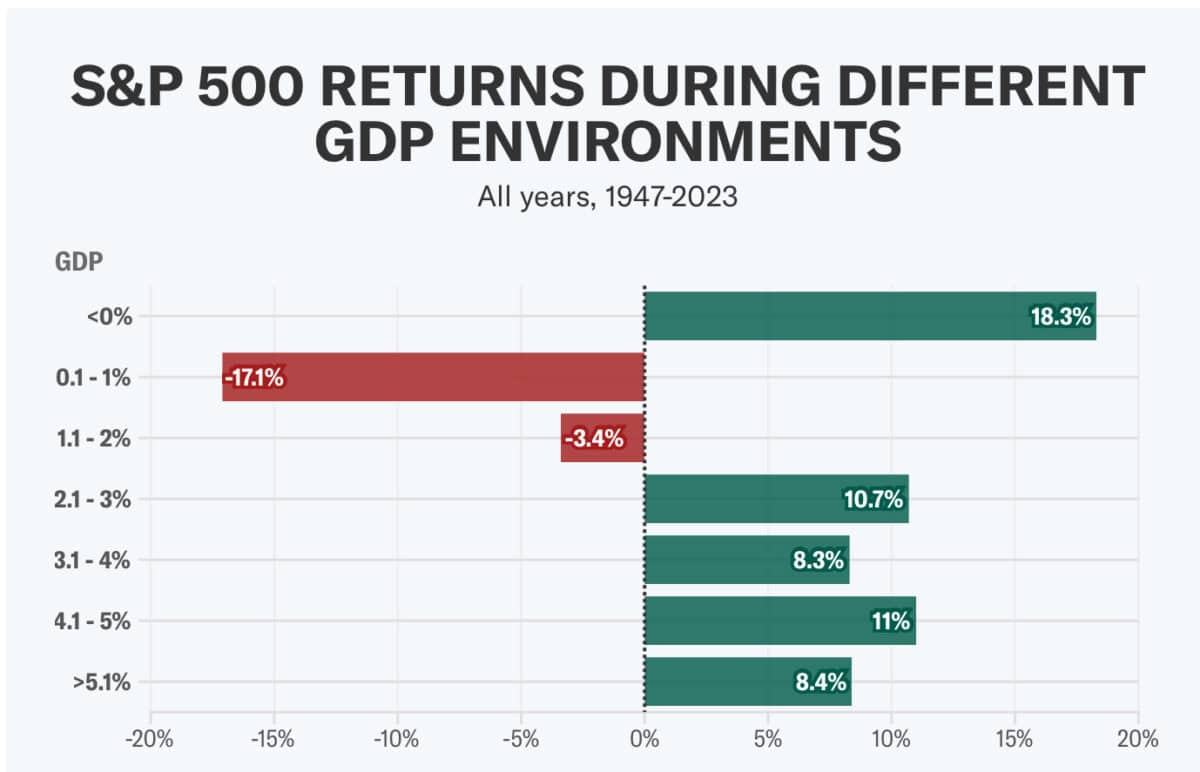Picture supply: Getty Photographs
The S&P 500’s latest volatility displays a number of issues, a lot of them related. The index has shed 10% since mid-February 2025, pushed primarily by President Donald Trump’s aggressive tariff insurance policies. His March 2025 determination to impose 20% tariffs on Chinese language imports and levies on Canadian items triggered a $4trn market worth wipeout. Extra tariffs shall be introduced subsequent week.
These protectionist measures have heightened fears of a world commerce struggle, and the S&P 500 briefly erased all post-November 2024 features. On the time of writing (26 March), we’ve seen a small rally. Nevertheless, the shares are nonetheless cheaper than after they had been when Trump took workplace.
Blended alerts
Volatility has grow to be endemic as buyers grapple with conflicting alerts. Trump’s admission of a possible “period of transition” post-tariffs contrasts with the Federal Reserve’s stabilising commentary.
This coverage whipsaw has compressed valuations, with the S&P 500’s ahead price-to-earnings (P/E) ratio retreating from 21.5 instances to twenty.6 instances. Goldman Sachs consequently revised its 2025 year-end goal to six,200 (from 6,500). The financial institution cited decreased GDP development forecasts (1.7% vs 2.4%) and weaker earnings expectations.

And it’s these earnings forecasts which might be truly the vital bit. Earnings projections have deteriorated sharply. S&P 500 revenue development estimates for the primary quarter of 2025 have practically halved from 12.2% to 7.7% since January. Full-year earnings development forecasts now stand at 10.5%, down from 14%, as tariff impacts ripple by provide chains.
And this is essential for our funding theses. As a result of if a inventory was buying and selling at 14 instances ahead earnings with a 14% ahead development charge, it might appear like truthful worth. But when that earnings expectation falls to 10.5% for the present 12 months and medium time period, buyers will begin to suppose it’s overvalued. That’s what the P/E-to-growth (PEG) ratio tells us.
Technical alerts — mathematical calculations based mostly on historic worth and quantity — recommend Oversold circumstances. Nevertheless, technical alerts aren’t forecasts and may’t account for issues like a nasty earnings report. Personally, I’m tempted to carry off till the subsequent earnings season. This sometimes begins a couple of weeks after the top of March. It may very well be a nasty earnings season, a lot worse than the market is pricing in. The index might tank.
This one is bucking the development
Berkshire Hathaway‘s (NYSE:BRK.B) stock has surged while the S&P 500 has faltered. Shares of Warren Buffett’s conglomerate reached new all-time highs, outpacing the broader market by a major margin. This outperformance will be partially attributed to Berkshire’s sturdy efficiency, but in addition it’s substantial money place, which stands at a formidable $334bn.
Regardless of holding main stakes in S&P 500 corporations like Apple and Financial institution of America, Berkshire’s money reserves present a buffer towards market volatility and potential alternatives for acquisitions throughout market downturns. This technique might show much more advantageous if the inventory market experiences an extra pullback.
Nevertheless, buyers ought to concentrate on the danger related to Berkshire’s heavy US focus. This US focus has been a power in latest a long time however some could argue it’s over concentrated geographically.
Nonetheless, the corporate’s observe document and Warren Buffett‘s investment acumen make it an attractive long-term holding. I’ve added the inventory to each my daughter’s portfolio and mine.

